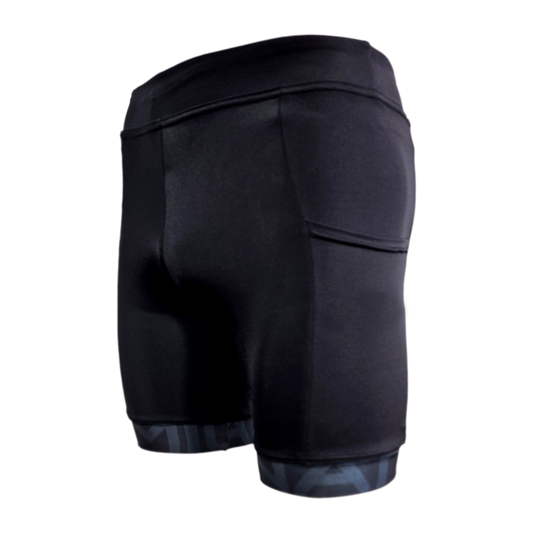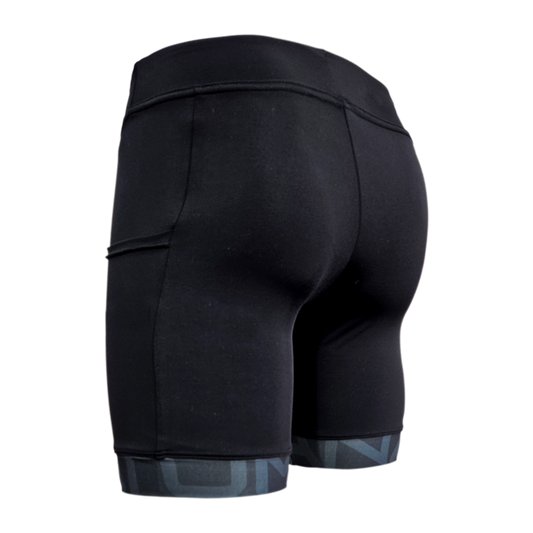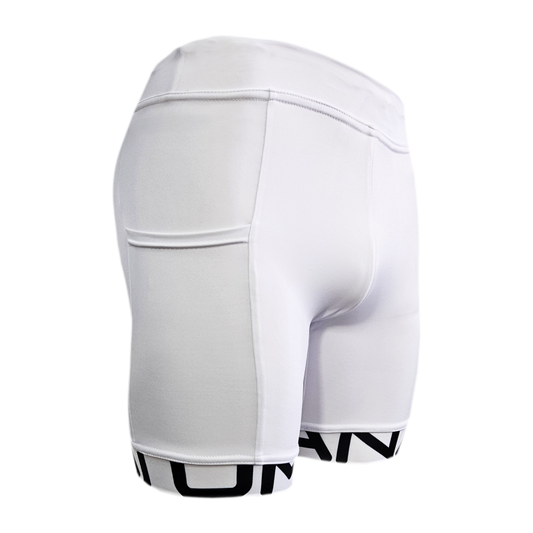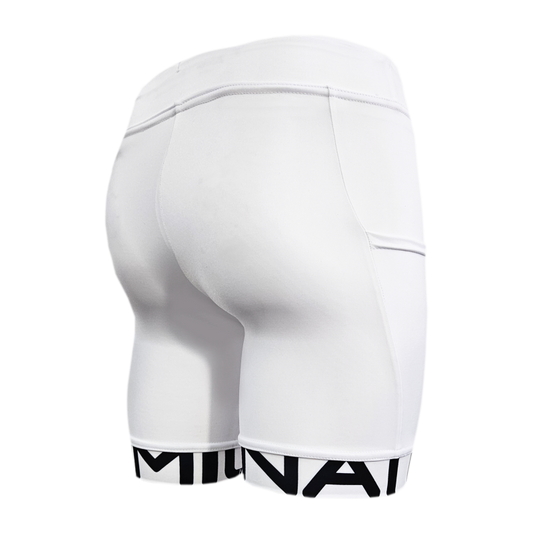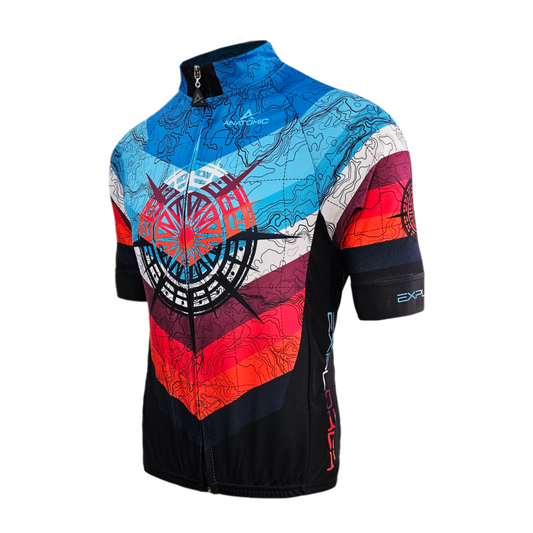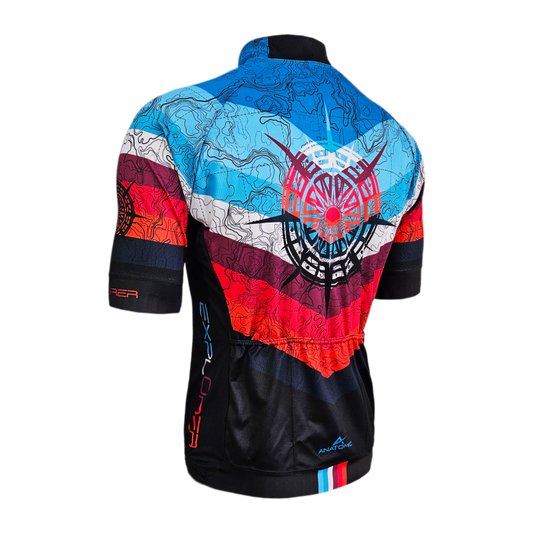Safety, money, or tradition?
Why the strict rules for Time Trial bikes?
Hey everyone! Today, let's dive into the world of time trial (TT) bicycles and the rules set by the Union Cycliste Internationale (UCI). If you're into cycling, you've probably heard about these rules and wondered, "Why so many?" Are they about keeping riders safe, saving money, or just following old traditions? Let's pedal through a bit of history and the current rules to find out.A quick spin down memory lane
The UCI, cycling's main governing body, has been around for more than a century. They started making rules for bike races to keep things fair and safe. Over time, as bikes got more high-tech the UCI had to update their rules to keep up. In the past, TT bikes were pretty simple, but then riders and companies began experimenting with designs to make bikes faster. Remember those super weird-looking bikes in the 80s and 90s with funky shapes and positions? They were cool but raised some eyebrows in the cycling world. The UCI had to step in to make sure the races remained more about the rider's skill and less about who had the craziest bike.In October 2023 Filippo Ganna smashed the UCI World Hour Record. The Italian completed a jaw-dropping 56.792 kilometers in one hour, bettering the effort of his Ineos Grenadiers colleague Dan Bigham who set the 55.548 kilometers benchmark in August. Ganna's record was set on a 3D-printed super-bike and the UCI's task has just got all the more interesting.
Safety first
Safety is a big reason for the UCI's rules. The UCI is set to keep riders out of the ICU! Cycling, especially at high speeds in time trials, can be dangerous. The UCI wants to make sure that the bikes are safe to ride: Weight distribution, steering and braking controls had to be specified to ensure that riders would stay in control of their TT machines at all times. It also means setting standards for how bikes are built and what materials are used. For example, there are rules about the size and shape of the bike frame to make sure it's strong enough to handle racing conditions without falling apart.
The UCI is set to keep riders out of the ICU!
Keeping it fair (and not too pricey)
Money also plays a role. Cycling can be an expensive sport and not everyone can afford the latest and greatest gear. The UCI's rules help level the playing field so that you don't have to spend a fortune to compete. By limiting what can be done to bikes, they keep the costs from skyrocketing. This way, the focus stays more on the rider's ability and training, not just on who has the most advanced (and expensive) bike.
Respecting Tradition
Tradition is another part of the picture. Cycling has a long history, and some of the UCI's rules are about respecting that. The idea is to keep the sport recognizably similar to how it was in the past. This means not allowing too many wild changes to the bikes that could make them look and feel completely different from traditional bicycles.
What About the Clothing?
Oh, and it's not just the bikes! The UCI also has rules about what riders can wear in time trials. They're pretty strict about things like skinsuits and helmets. The goal is to prevent any unfair aerodynamic advantages. So, if a skinsuit has integrated fairings or a helmet is too "space-age" and gives a rider an edge just because of the gear, it might be considered unlawful.
In the End…
So, why all these rules? It's a mix of keeping riders safe, making sure no one needs to break the bank to compete and holding onto the traditions that make cycling what it is. The UCI's job is to balance all these factors, making sure the sport remains competitive, fair, and fun – focusing on the riders' skills and hard work, not just their gear.
Whether you're a cyclist yourself or just enjoy watching, knowing these rules adds an extra layer of appreciation for the sport. It's not just about pedaling fast; it's about skill, strategy, and playing by the rules that keep the spirit of cycling alive.
So, next time you watch a time trial, remember there's more to those sleek bikes and cool suits than meets the eye. They're part of a carefully balanced sport where safety, fairness and tradition ride together. Keep pedaling! The RIDE Team


